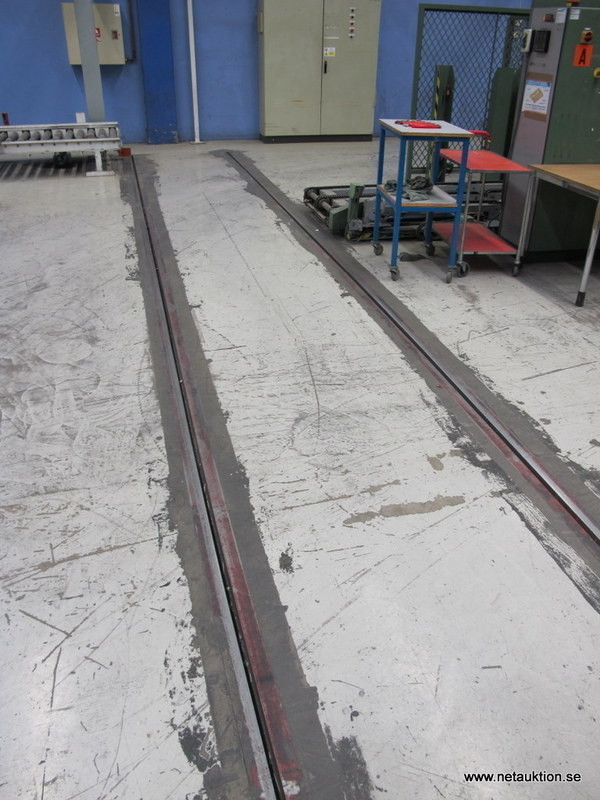

On the right, you will see the fields for the trigger Class, Pattern, and Command, along with several options. As you select triggers in the box on the left by clicking on them with the mouse, the information on the right will be updated. A list of your triggers is shown in the box on the left side of the dialog, while the right side of the dialog displays information about the currently selected trigger. A trigger is not required to have a class.įigure 1 shows the zMUD Trigger dialog. Classes also provide you a way to organize your triggers into categories. Triggers within the same Class can be enabled and disabled as a group. The Trigger Class is a name given to a group of related triggers. A large range of example actions will be demonstrated in this chapter.
#MUDLET LINE WRAPPING SERIES#
This action can be a simple string of text to send back to the MUD, or can be a complex series of zMUD commands. The Trigger Command is the action that you want to take when the pattern is received from the MUD. Patterns can range from simple text, to complex expressions, and we’ll explore some of the possibilities in this chapter. The Trigger Pattern is the text received from the MUD that causes the trigger to "fire." Whenever a line of text is received from the MUD, zMUD checks this line against each trigger pattern to determine which triggers to execute. In addition, there are several options for triggers that let you modify their behavior. There are three primary components of a zMUD Trigger: the pattern, the command, and the class. Both will be used in examples throughout this chapter.
#MUDLET LINE WRAPPING FREE#
Feel free to use either the Trigger dialog or the command language. Into the zMUD command line at the bottom of the screen. For example, to execute a command when a pattern of text is received from the MUD, you can enter In addition to using the Trigger dialog, you can also define Triggers using the zMUD command language. You can also display the Trigger dialog by pressing CTRL-T. The easiest way for new users is using the Trigger dialog by selecting Triggers from the View menu, or by clicking on the Triggers button in the button bar. There are several ways to create Triggers in zMUD. In this chapter, we will work from simple triggers to complex triggers, building a useful library of functions for players of combat MUDs along the way. With Triggers, you can do anything from simple actions, such as automatically eating when your MUD character is hungry, to complex actions such as completely automating your character into a "robot". Triggers are the key to unlocking the tremendous power of a MUD client like zMUD. If (selection.As introduced in the last chapter, Action Triggers (or just Triggers) allow you to execute commands or send text to the MUD whenever a certain pattern of text is received from the MUD. Inline void extendSelectionForEnvVar(QPlainTextEdit * textEdit, QTextCursor selection) TextDocument->setHtml(textDocument->toHtml().remove(reg)) QRegExp reg("-qt-paragraph-type.* |margin-top.* |margin-bottom.* |margin-left.* |margin-right.* |-qt-block-indent.* |text-indent.* |font-family.* |font-size.* ") TCursor->movePosition(QTextCursor::PreviousCharacter, QTextCursor::KeepAnchor,1) ītLineHeight(200, QTextBlockFormat::ProportionalHeight) ītAlignment(Qt::AlignJustify) TCursor->movePosition(QTextCursor::End, QTextCursor::MoveAnchor,1) TCursor->movePosition(QTextCursor::NextCharacter, QTextCursor::KeepAnchor,1) TCursor->movePosition(QTextCursor::Start, QTextCursor::MoveAnchor,1)

QTextCursor *tCursor = new QTextCursor(textDocument) cut blank spaces at the begining and end : If (selectionStart != tc.selectionStart()) ") QTextCursor tc = ui->textEdit->cursorForPosition(p) Void MainWindow::displayTooltip(QMouseEvent *e)


 0 kommentar(er)
0 kommentar(er)
